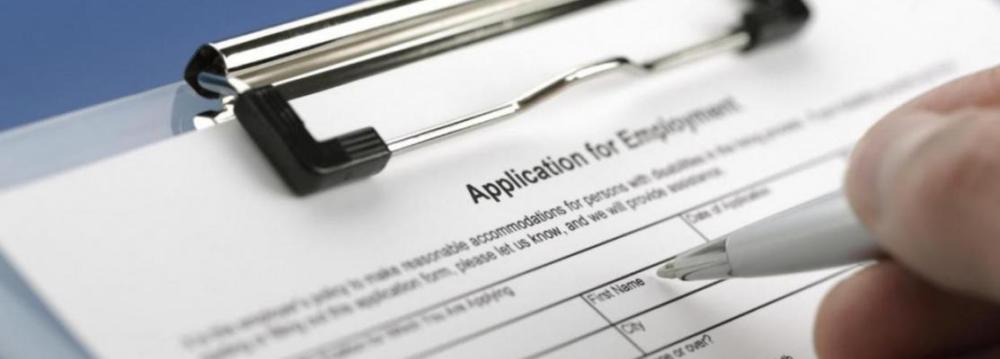The population of economically active people, i.e. those who are either employed or actively seeking work, rose to 25.139 million in the second quarter of the current Iranian year (June 22-September 22) compared to 23.7 million of the corresponding figure of last year, which is a sign of a healing job market, says the deputy head of the Statistical Center of Iran.
The number of Iranians with jobs in the key economic sectors of agriculture, industry and services rose to 22,401,738 this summer, compared to last summer’s 21,498,013, which shows the economy managed to add more than 903,000 new jobs over the one-year period, IRNA quoted Alireza Zahedian as saying.
The official once again struck an upbeat note on the job market when he said female labor force participation rate increased from 11.7% to 13.8%, while male labor force participation rate rose from 62.7% to 64.2%.
“A key reason why families believe job market is not improving is that they only see youth unemployment, i.e. the share of the labor force in the 15-29 age-group without work but available for and seeking employment, which stands at 23.4%. A large part of youth unemployment is to blame on high unemployment rate among university educated women,” he said.
Earlier, SCI had announced that the unemployment rate in summer stood at 10.9%. The figure registered a 1.4% rise compared with the corresponding period of last year and a 0.1% rise compared with the first quarter (March 21-June 21).
The center put Q2 labor force participation rate, i.e. the proportion of population 10 years and above that is economically active, at 38.9%. The data also show 8.9% of men and 19.9% of women 10 years and above were jobless in Q2.
According to SCI, the unemployment rate was at 12.2% for urban areas and 7.4% for rural areas.
Also, unemployment rate in 10 provinces of the country stood at single digits and the remaining 21 provinces registered double-digit rates. Kerman’s unemployment rate of 6.5% was the lowest and Chaharmahal-Bakhtiari’s 16% was the highest rate of Iranian province.
East Azarbaijan, South Khorasan Province and Markazi Province’s jobless rates were among the lowest nationwide by less than 8%.
In the 73rd session of High Council for Employment held last week, President Hassan Rouhani stressed the importance of tapping into the capacities of knowledge-based companies and small- and medium-sized enterprises, as well as decreasing unemployment rate to a single digit in the short run.
“Universities should attract students in different majors with regard to the country’s employment needs and potential,” Mehr News Agency quoted the president as saying.
The Tuesday meeting also weighed in on a report on the country’s business environment, employment and government policies in the budget of next Iranian year (starting March 20, 2016) as well as policies envisioned in the sixth five-Year development plan (2016-21) to boost employment.
In its latest Doing Business report for 2016, the World Bank ranked Iran 118 among 189 countries, which indicates a one-step improvement compared to a year before.
Also, in its latest report on Global Entrepreneurship Index for 2016, the Global Entrepreneurship and Development Institute has ranked Iran among the top 10 with biggest gains in the GEI score.
The Global Entrepreneurship Index provides a detailed look at the health of nations’ entrepreneurial ecosystems. The index methodology links countries’ entrepreneurial framework conditions with individual-level entrepreneurial attitudes, abilities and aspirations.
Iran’s GEI score in 2016 has been put at 28.8, while for 2015, the country scored 27.7, which indicates a 1.13 difference in score. This puts Iran at 10th position in terms of the biggest gains in GEI score after Peru, the United States, Thailand, Barbados, Indonesia, Poland, Hungary, Sweden and Denmark in an ascending order.
Iran’s ranking among the 132 countries surveyed for 2016 is 80, down 14 notches compared to 2015 estimate.


